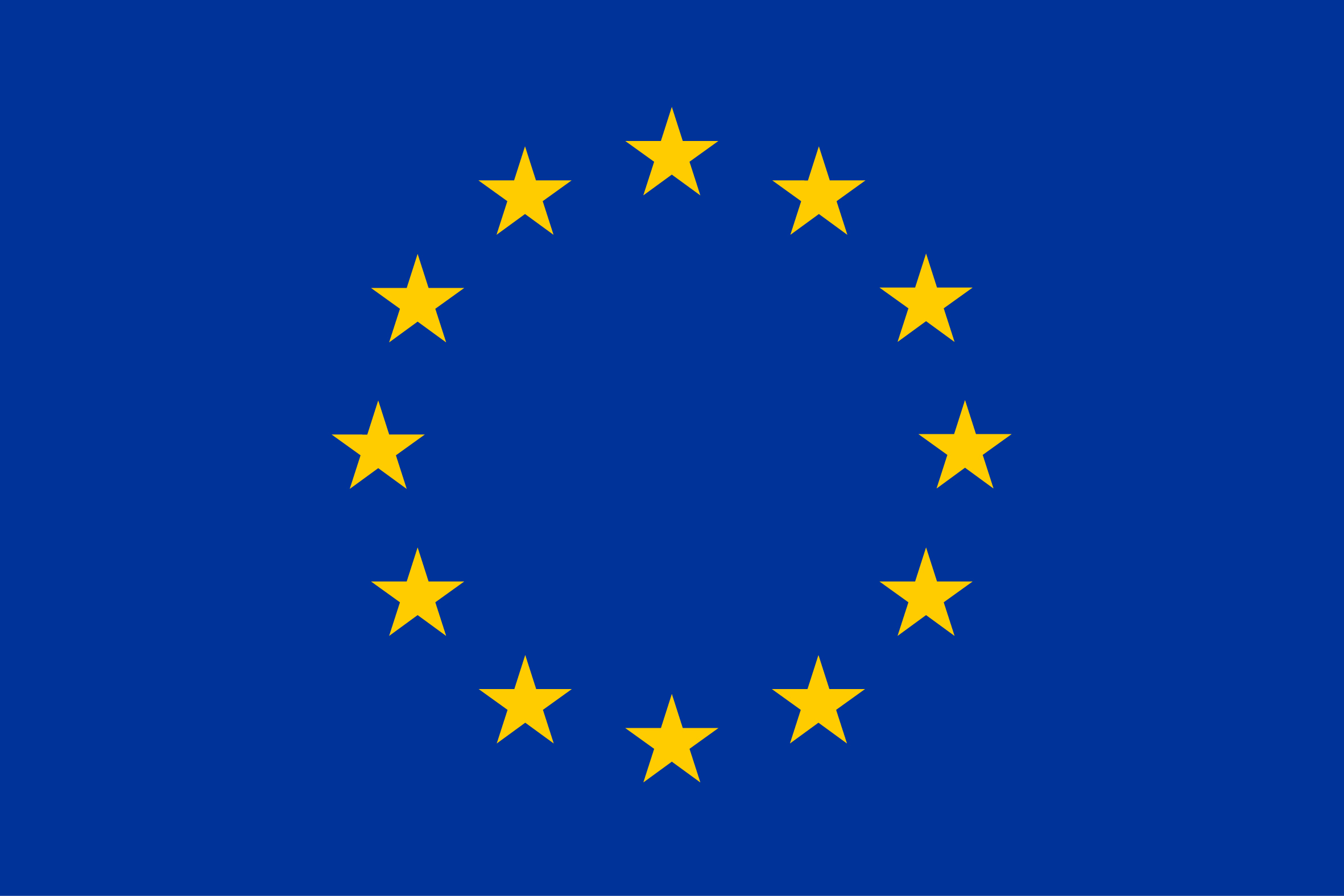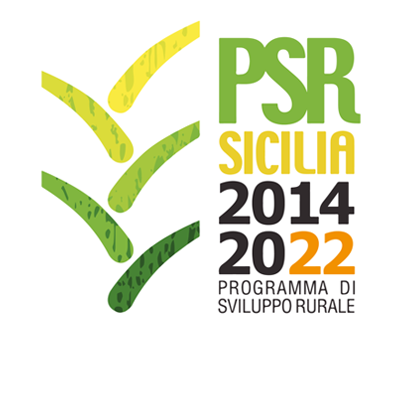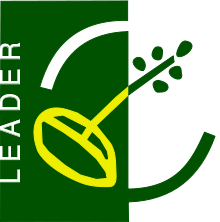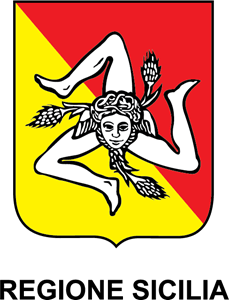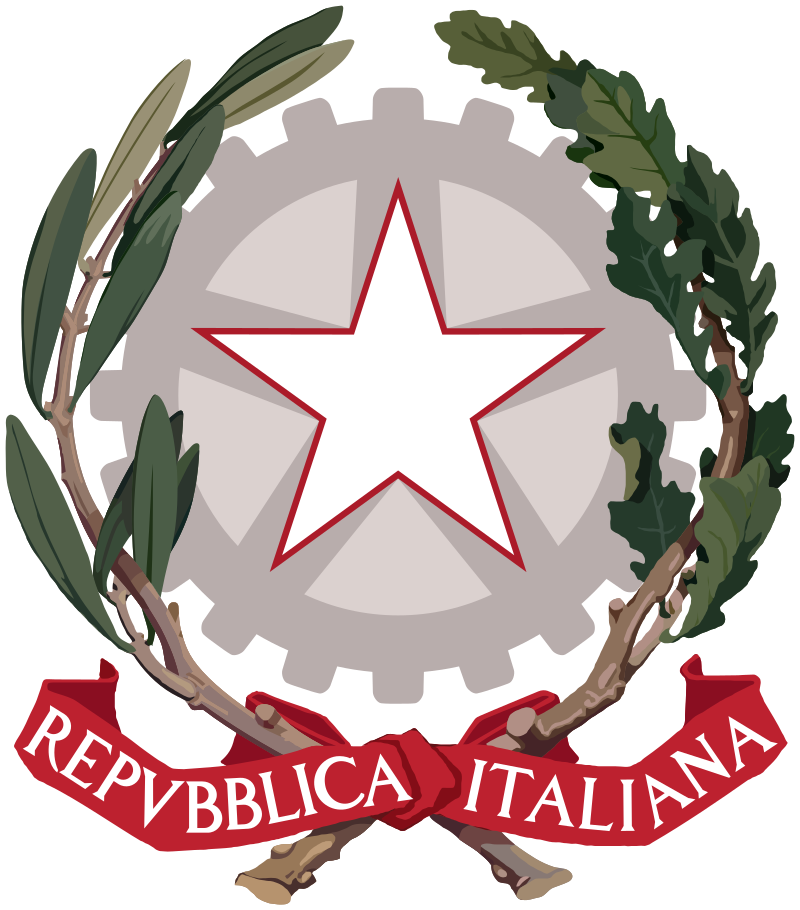Dornor mongolyn ulaan
Country
Specie
ISO3
MNG
Language
eng.
Breed classification (adaptedness)
Native
Breed classification (geographic)
Local
Additional information
Yhe breed was developed by traditional straght breeding with invention of scientific approach within the local cattle
Adaptability to specific environment
No specific environment required, they survive under year-round pastoral herding
Specific resistance or tolerance
Excellent population highly adapted to the climatic, vegetation and geographic conditions of the areas of origin.
Special characteristic of product
The breed produces the meat yield isbetter than in Mongolian breed high.
Color comments
Majority of animals are polled with black and reddish in coat colors
Number of horns males
0
Number of horns females
0
Wither height males
114
Wither height females
112
Weight males
525.00
Weight females
365.00
Other specific visible traits
Majority of animals are polled with black and reddish in coat colors
Herdbook
n
Herdbook established
n
Description of origin
This breed was created through a selective breeding of local population reared under pastoral herding
Year of origin
2019
Location within country
Tumentsogt soum of Sukhbaatar province and Khalh-Gol soum of Dornod province as nucleus herds
Local cryo conservation status
No Material
Local Risk
Not at Risk
Detailed local risk status
Not at Risk
Brown Swiss
Country
Specie
ISO3
MNG
Language
eng.
Transboundary name
Brown Swiss
Breed classification (geographic)
International
Number of horns males
0
Number of horns females
0
Domestication status
domestic
Taxonomic classification
Breed
Description of origin
imported; exotic
Local cryo conservation status
Sufficient
Local Risk
At Risk
Detailed local risk status
Vulnerable
International Transboundary Risk detailed
Not at Risk
Black and White
Country
Specie
ISO3
MNG
Language
eng.
Transboundary name
Holstein (black and white)
Other name
Black and White
Breed classification (adaptedness)
Exotic
Breed classification (geographic)
International
Color comments
Black and white
Number of horns males
0
Number of horns females
0
Wither height males
145
Wither height females
140
Weight males
890.00
Weight females
650.00
Other specific visible traits
intensive, semiintensified
Herdbook
n
Description of origin
imported; exotic
Location within country
Selenge, Tuv province
Local cryo conservation status
Sufficient
Local Risk
At Risk
Detailed local risk status
Endangered maintained
International Transboundary Risk detailed
Not at Risk
Tukhum Tungalagin khuren
Country
Specie
ISO3
MNG
Language
en
Description
A localized breed of two humped camels created in Mongolia
Transboundary name
Mongolian Bactrian
Breed classification (adaptedness)
Native
Breed classification (geographic)
International
Adaptability to specific environment
No specific environment required, they survive under year-round pastoral herding
Specific resistance or tolerance
Excellent population highly adapted to the climatic, vegetation and geographic conditions of the areas of origin.
Specific reproductive characteristic
The reproductive performances are at normal range of Cameloides. Calving every second year and rutting of males occurs in December to mid February
Special characteristic of product
The breed produces high amount of long hair. At young age, e.g. up to 24 month old, fine quality down fiber can be obtained by combing.
Other special qualities
none
Color comments
Dark brown
Wither height males
171.5
Wither height females
166.1
Weight males
520.12
Weight females
505.00
Other specific visible traits
The long hair on the back and down of the neck looks like un two rows or grown into both sides of separating from one of the other. Therefore, the breed is known as camels with double manes.
Herdbook
n
Herdbook established
no
Description of origin
This breed was created through a selective breeding of local population reared under pastoral herding
Year of origin
2015
Import
No matter
Location within country
The nucleus herd and pedigree population are In Gobi-Altai province and used as local improvers for the regional camel herds
Local cryo conservation status
No Material
Local Risk
At Risk
Detailed local risk status
Vulnerable
International Transboundary Risk detailed
Not at Risk
Lamiin gegeenii ulaan
Country
Specie
ISO3
MNG
Language
en
Breed classification (geographic)
Local
Local cryo conservation status
No Material
Local Risk
Unknown
Detailed local risk status
Unknown
Khanin khetsiin khuren
Country
Specie
ISO3
MNG
Language
En
Breed classification (adaptedness)
Native
Breed classification (geographic)
Local
Color comments
This breed of camel is comparably high in meat output. Their body coat 72.2% is red brown in color, 6.9% red, 10.4-5.2% brown, black, blue brown.
Wither height males
170.1
Wither height females
167.4
Weight males
596.00
Weight females
480.00
Other specific visible traits
Khaniin khetsiin khuren breed camel has relatively big, robust thick body that is more suited for riding. Also their wool is fine, milk yield higher than other breeds. Most camels in this herd will have thick, robust bodies.
Herdbook
n
Description of origin
This breed was approved in 2016
Location within country
Mandal-Ovoo, Bulgan, Tsogt-Ovoo soums of Umnugovi province
Local cryo conservation status
No Material
Local Risk
At Risk
Detailed local risk status
Endangered maintained
Mongolian Yak
Country
Specie
ISO3
MNG
Year
2018
Population min
808075
Population max
808075
Geographical classification
Local
Mongolian Yak
Country
Specie
ISO3
MNG
Year
2017
Population min
792230
Population max
792230
Geographical classification
Local
